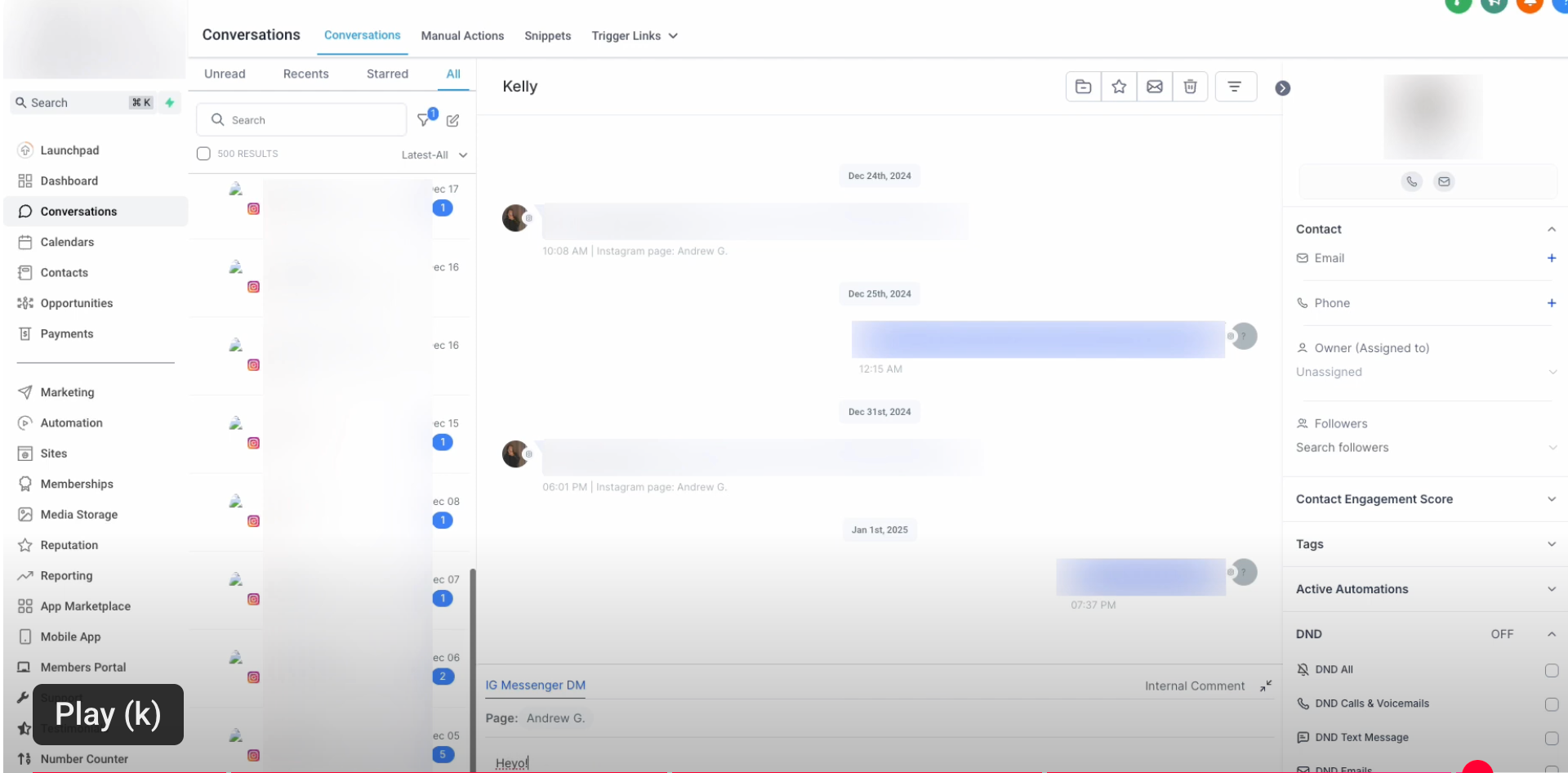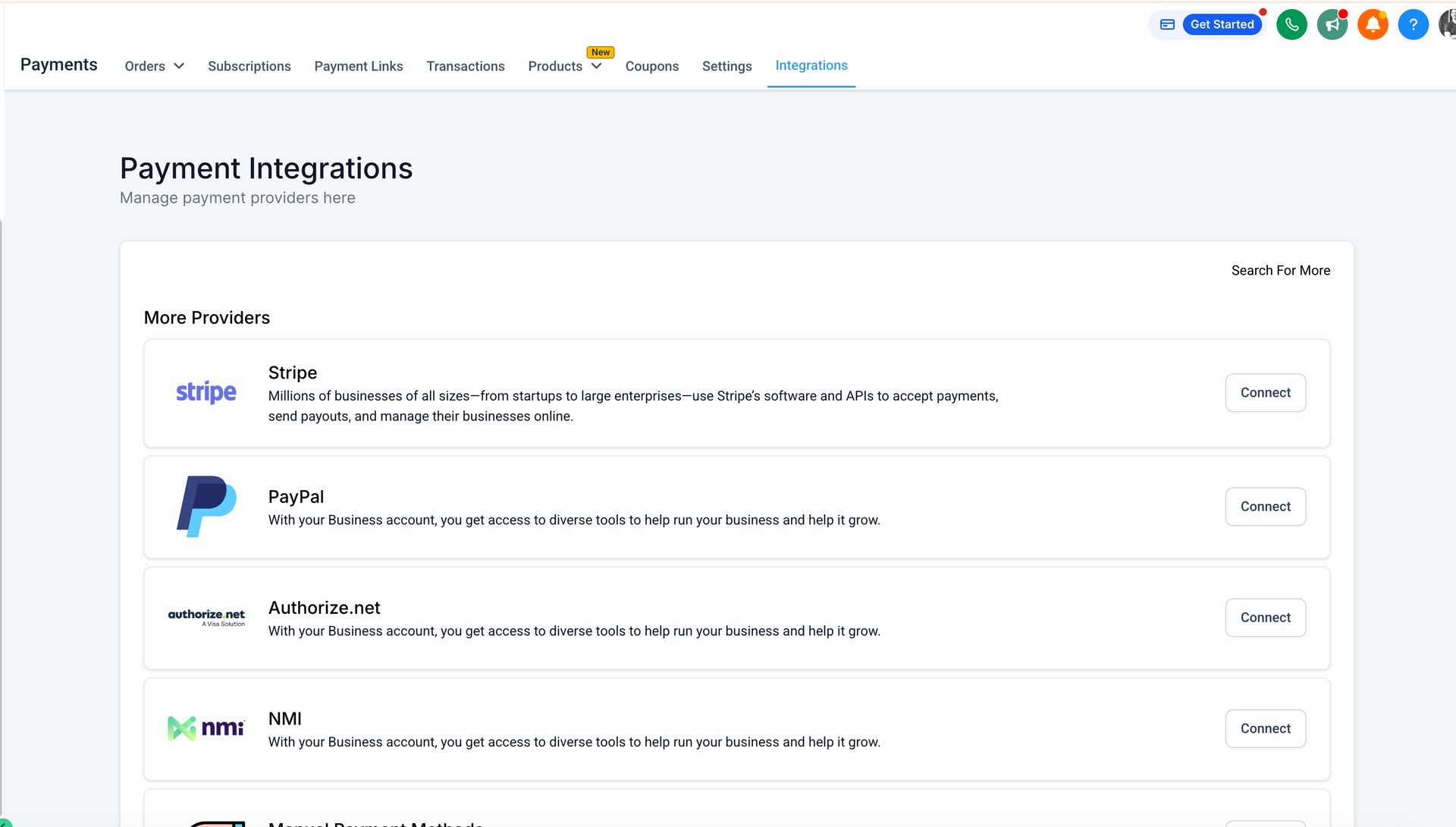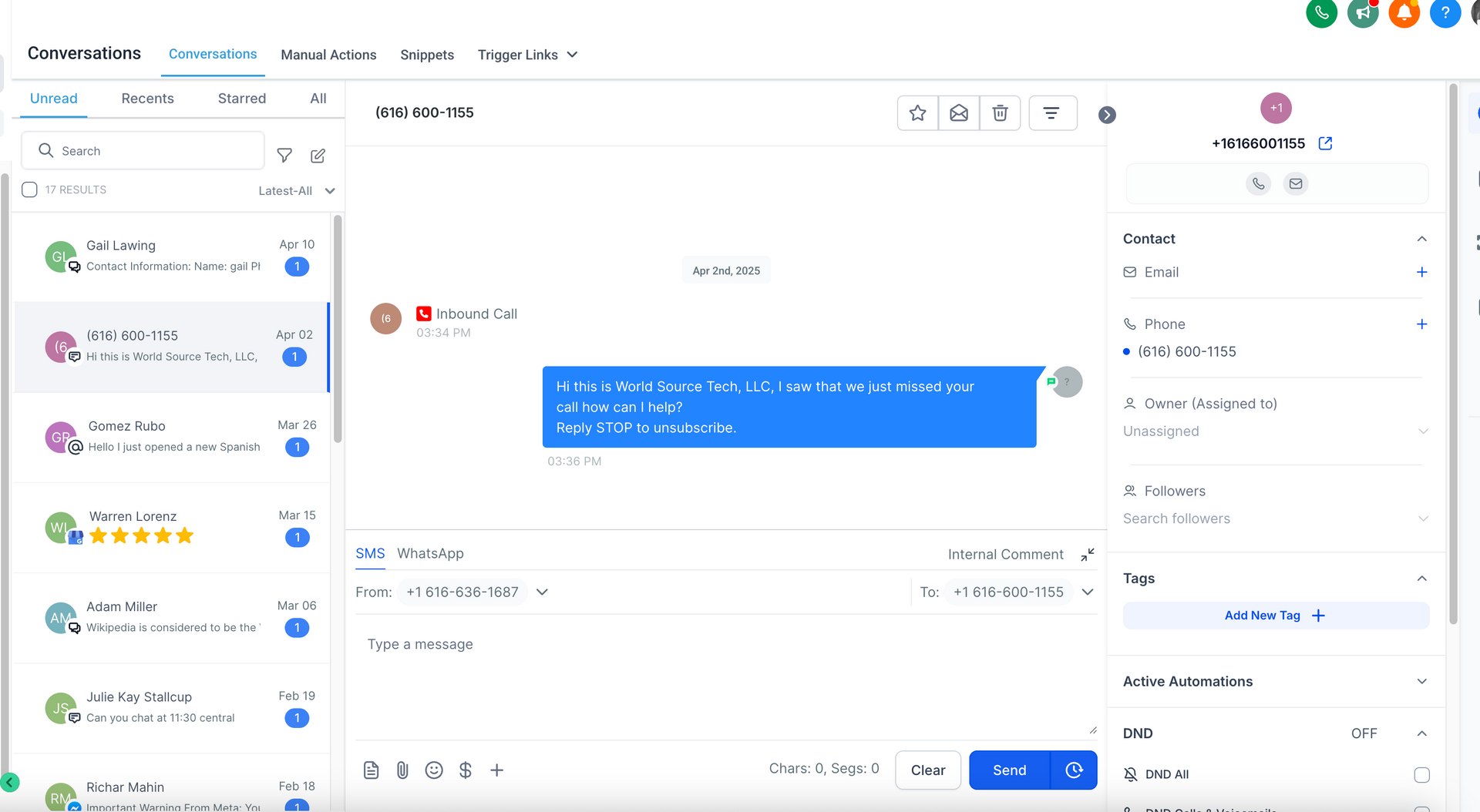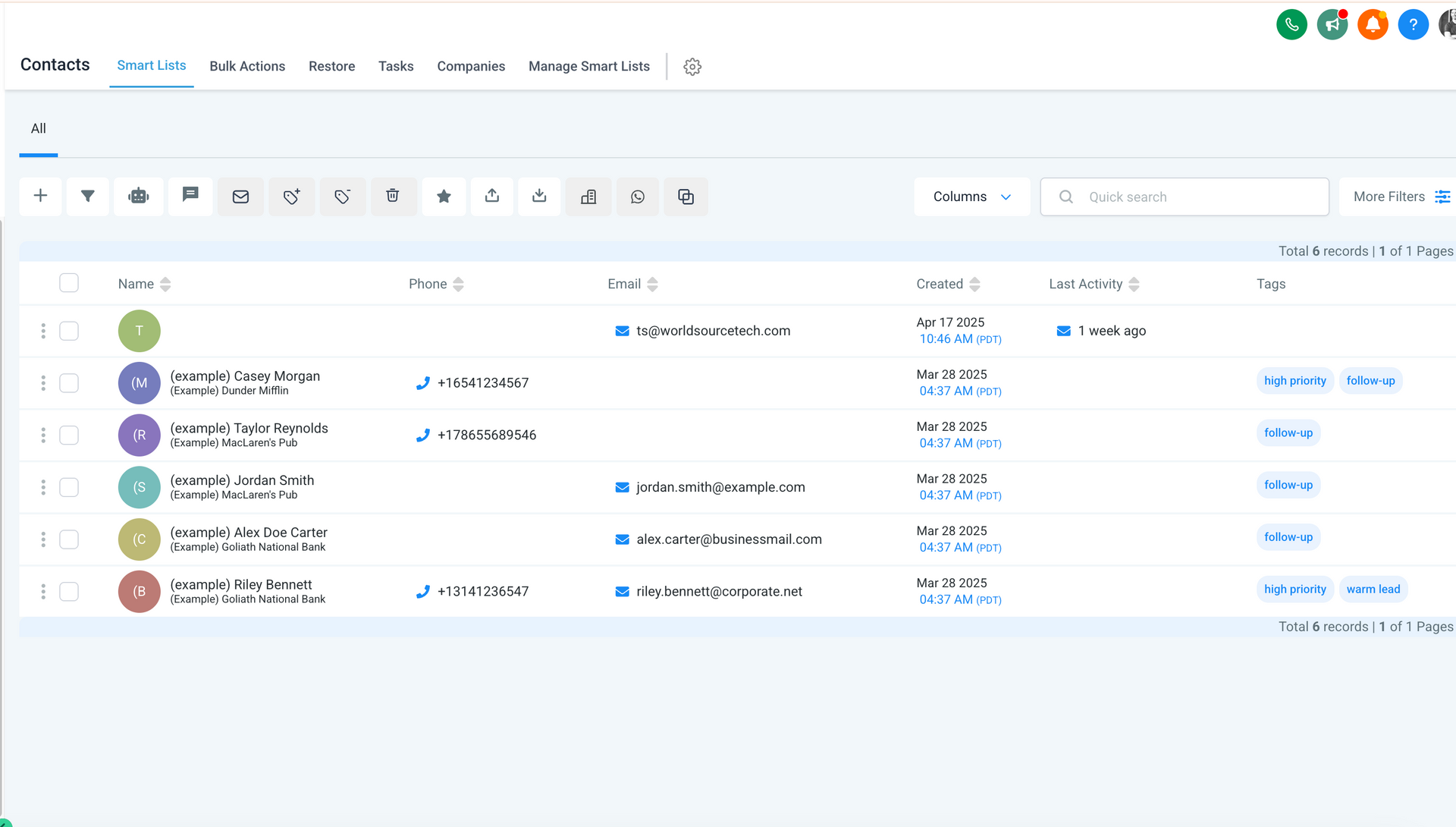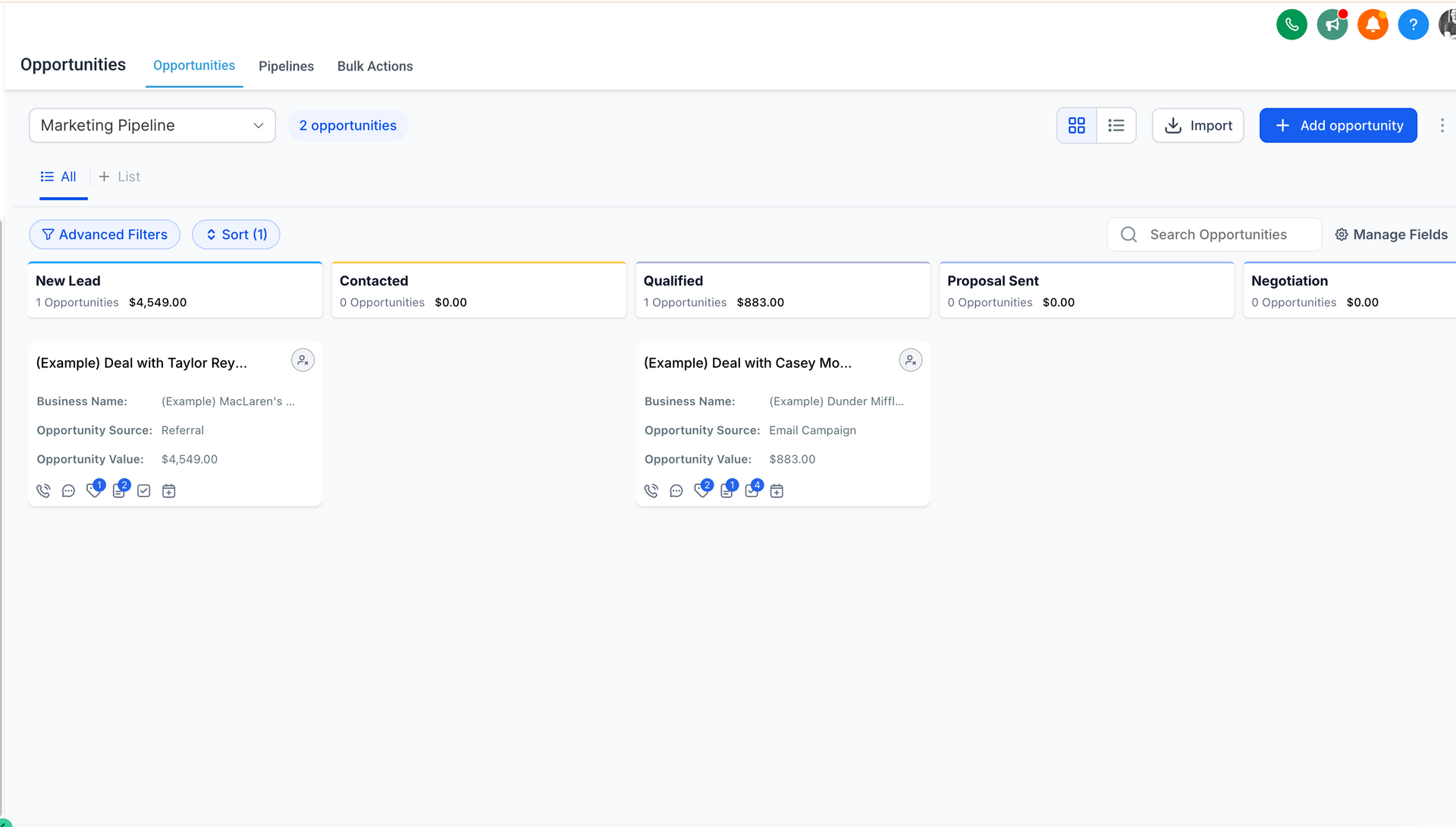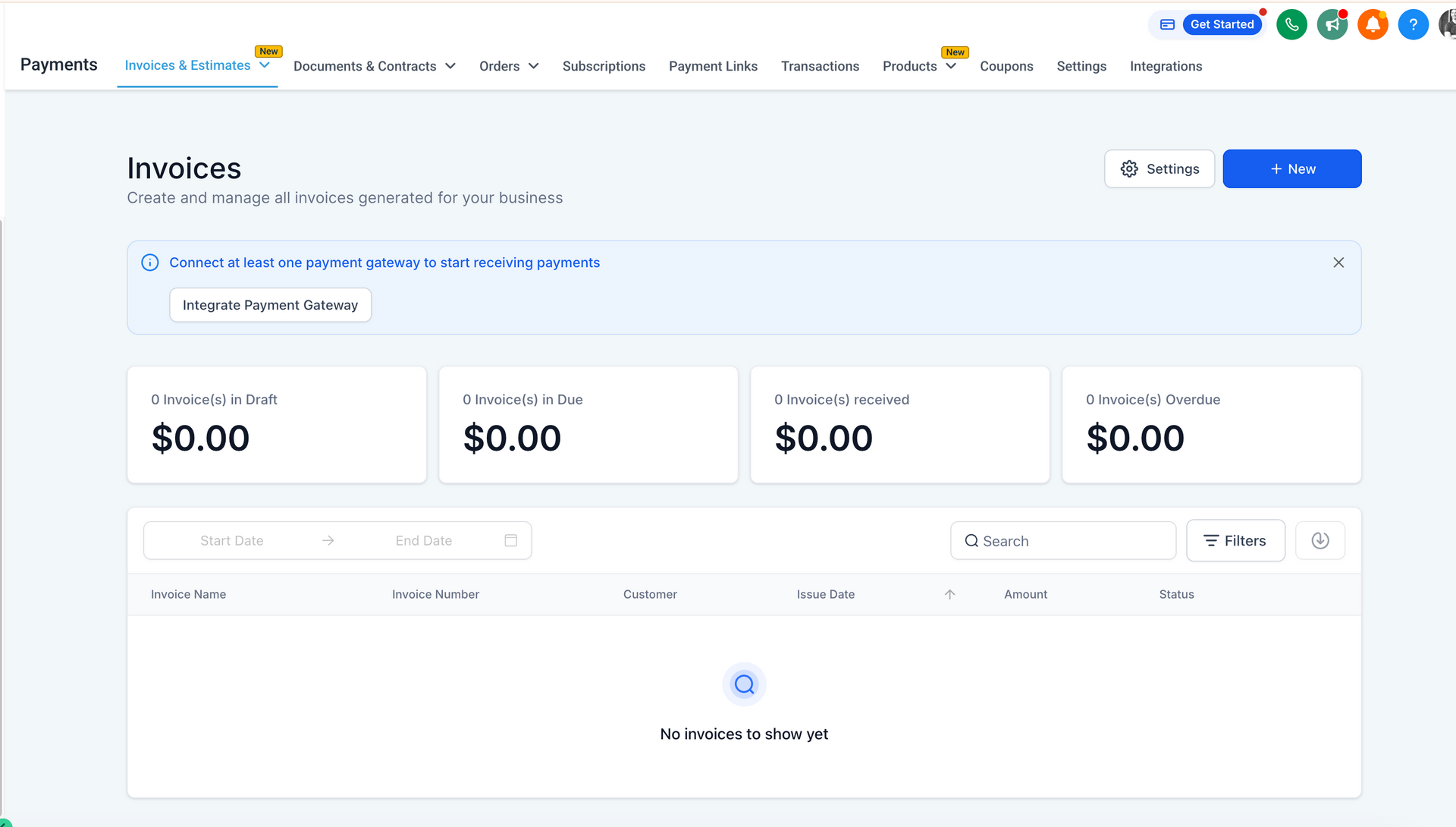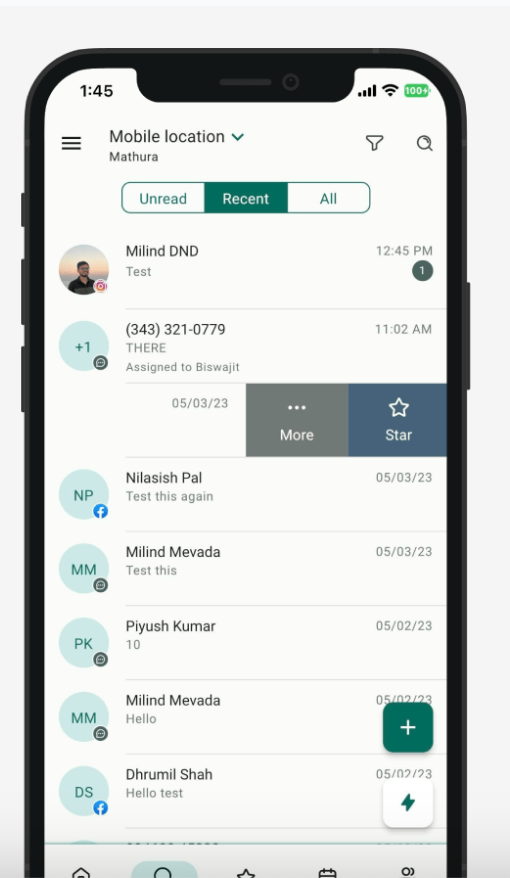Seven steps to generate fast traffic for your small business website
Weather your website is new or you
have had it for a while with little luck generating any real leads, it
is important to look at how (and if) you are doing anything to drive
traffic to your website.
After having a beautiful website, ready to convert leads with well designed landing pages, forms, check out pages, etc your next step is to get people to that website. This is called generating traffic. This post focuses on how and why you should use paid online advertising like Google Adwords to drive traffic to your website. Of course there are many methods of driving traffic that produce varying results with varying levels of measurability. However, none that in our opinion really compare to cost per click based online advertising on search engines and social media sites.
So without further ado, if you're committed to being a DIYer for your online marketing, these steps will help. If you would rather hire us to win for you online, request a call or check out our flexible, no contract online marketing service plans.
Step 1: Learn how AdWords works
Watch these videos on Google Adwords express. I also recommend checking out the full featured version of AdWords but this is a great start to learning how it works.
How to start your first campaign
Step 2: Decide what you want your leads to do
Determine what it is you want your users to do. Should they "request a quote" by filling out a form, are they buying a pizza, are they signing up for an email list? Make a list of steps your prospects will take from the time your prospect sits down at their computer to the time they purchase or request what it is your website is selling.
Step 3: Designate the landing page(s) for your users
Landing pages are the pages that your prospects will land on once they click on your Ad. Ensure your landing page has the form you want them to fill out (or a button leading to this form) or the product you want them to purchase, or the action you want your prospect to take can be done on this page. Think about how you navigate a website, and what makes you close out of a website quickly to ensure your landing page doesn't have any of these deterrents. After all, you're paying for visitors so you want them to stay a while and complete the desired action. Is this landing page your homepage? It probably shouldn't be. Try being more purposeful in driving traffic to specific pages designed to appeal to the specific person clicking on a specific ad.
Step 4: Setup conversion tracking
This tracking will let you know how many "clickers" on your ads, actually did what you wanted them to do (filled out the request a quote form, ordered a pizza, purchased a widget, etc). Watch this video:
Learn about Google Conversion Tracking
Step 5: Launch one campaign with one or two ad groups
If you're a small business, try a budget of $10 per day or less to get the hang of online advertising. Enter your keywords, and even try entering some "negative keywords" so that people who enter something that is potentially mistaken for your product or service won't see your ads. Create several variations of the same ad experimenting with different headlines and ad copy so you can see what performs best.
Step 6: Check your AdWords account daily for results
Which keywords are performing and which ones are not? After a week or so, pause the keywords with low CTR and no conversions. Do this same process for your ads.
Step 7: Make changes to your landing pages
The point of making landing page changes is to try and increase those conversions. It's awesome to start getting some exposure on Google and even better when you are getting more traffic than ever from those ads. However, what really counts is conversions or the number of visitors who become solid leads or customers by completing the form or buying the product. While your Ads do need to be optimized, the webpage your visitors land on needs to make sense, offer the information the prospect is looking for, and provide a clear value in exchange for their information or purchase.
We're not saying AdWords is the only way to generate traffic and leads. Traffic generation can happen several ways, but most are pretty ineffective and far more expensive than online advertising. Below are a few ways you can get people to your website:
1. Word of mouth (you tell people to visit your website and they listen). This might get you 1-2 visits a month.
2. Traditional advertising like business cards (a few visits), mailers (a few more visits), large scale advertising like billboards (potentially hundreds of visits or more), and radio (similar to billboard results).
3. Organic search traffic (potentially thousands of visitors but as little as zero).
4. Paid search traffic
Again, this post really focuses on paid search traffic; specifically, Google Adwords. Why? Paid search traffic is the fastest, most cost effective, and measurable way to generate real prospects coming to your website. Within 24 hours you can have hundreds or even thousands of visitors coming to your website. You can see where they are coming from, what they clicked on to find your website, what keywords they entered to find your advertising, how long they spent on your website, and what pages they visited while on your website.
Please tell me, what other traditional advertising methods provide such detailed statistics in close to real time? That's correct if you said none. The truth is that traditional advertising has its place, but for small business it is costly and highly un-measuarble. Traditional advertising also produces little traffic to the first place new customers go before doing business with you, your website.
Want to do this yourself? Well first you're going to need to learn a bit more. If not, you can just stop and request a call (look right) from us now and we can continue this conversation by phone,SKYPE or in person. :-)
If you're convinced you want to manage your own Google Adwords, the seven starter steps below will help. However, if you feel in any way that this might be outside of your comfort zone, we recommend using us to win for you online.
Check out our inbound marketing plans which include Search Engine Marketing like Google Adwords. No contracts or long term commitments.
Additional tips for traffic and leads
Making changes to the layout of the page, positioning of the sign up form, pricing, and more can all make a difference to your success with search engine marketing. In the beginning you can make small changes and test over time. However as you get better you will want to implement A/B testing so you can run multiple versions of the same landing page at the same time. Google AdWords can track the performance of each page and favor the one that does best so you get more conversions.
My goal here is for you, the small business owner to get a taste of just how valuable search engine marketing like using Google Adwords is. With all of the stats mentioned above, you can make quick decisions about your budget (you can change that any time by the way, can you do that with a billboard or direct mail?), you can pause keywords that are not performing so the other keywords get more play, and you can pause ads that are duds to preference the ones that are getting more clicks, and more importantly more customers!
But how do you know if the ads are getting customers (see tip #4 above)? This is again an amazing feature that your direct mail campaign just cannot boast, not that I have anything against direct mail ;). Adwords provides a snippet of code called "Conversion Tracking Code" which is placed on the "Thank You" page of your website. This is a page that visitors can only see after purchasing your product, requesting a quote by filling out a form, requesting a call by filling out a form, or signing up for your email list.
Some conversions have value like product purchases, quote, and call requests, while others have future value like email list signups. Either way, Google Adwords allows you to track every single lead. You can see your top performing ads by the number of leads they have produced and make decisions on how to spend future advertising dollars. This is not new people, however so many people shy away from this and choose traditional advertising methods because they are more familiar with them. If that sounds like you, that familiarity is costing you thousands of dollars and lost business.
Many new small business clients are shy to even approach paid online advertising thinking it will be too expensive or ineffective. Some small business owners have even tried using Google Adwords on their own, only to have a bad taste in their mouth from wasted money on clicks with no leads. This is actually common. The problem is that unless you are an internet marketing professional, online advertising can be a crap shoot. To be really successful with DIY advertising you need to spend a lot of time learning how to modify your website, write great headlines, install tracking code, make landing pages, create drip campaigns, and oh yea run your business.
Look, I'm a huge supporter of DIY projects. I just did my own bathroom backsplash after watching a YouTube video. It looks 92% professional. Do I think you can do this yourself? Yes. Do I think you will win for your business by doing it your self? I'm 92% sure the answer here is no but if you do try, stay committed to working in your campaign every day and keep your budget low until you think you've got the hang of things. Of course you can always request a quick call using the form on the right and we'll pair you with a Marketing Professional who can rock your world when it comes to driving traffic and generating leads through your website.





